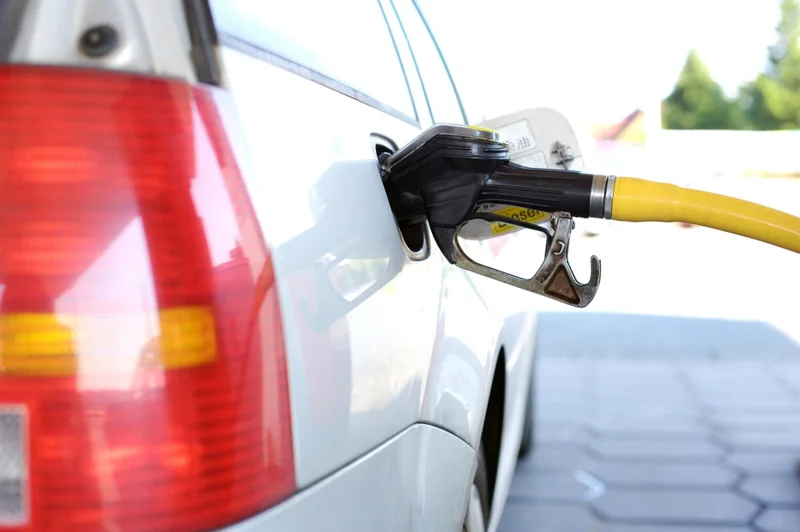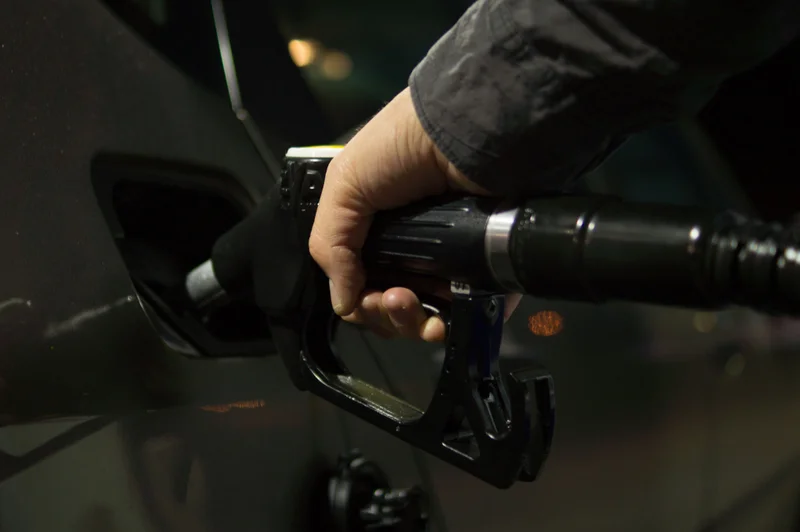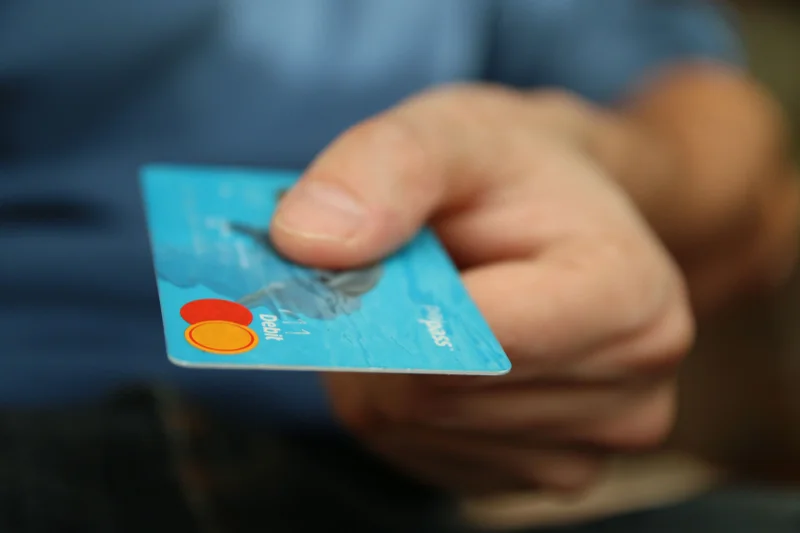Everything You Need to Know About Automated Fuel Dispensers
Published on April 23, 2021
Do you remember when gas stations featured attendants who filled up your tank and wiped down your windshield? Do you remember having to rush inside to the service counter every time you needed to pay for gas?
For most Americans, those days are over. While some states still feature attendants who pump your gas, it's increasingly common to encounter self-service pumps. This style of pump is easy to use and convenient, and it helps you get in and out of the gas station in record time.
Self-service pumps usually have automated fuel dispensers. These allow customers to pay by card and pump their own gas.
Keep reading below to learn more about automated fuel dispensers. You'll quickly realize why they are a staple in most modern-day gas stations!

What Is an Automated Fuel Dispenser?
An automated fuel dispenser (or AFD) allows customers to pay for their gas and pump it themselves. When a customer swipes a credit card at a gas pump that is equipped with an AFD, an authorization request goes out to that customer's bank.
At this point, the customer will be prompted to enter cardholder verification information. This might be a PIN or a ZIP code.
If the authorization goes through, the customer can select their fuel grade and pump their gas without the help of an attendant. Later, after the customer has completed their transaction, billing information is transmitted and the customer's account is billed. Customers also have the option to pay with cash or a debit card.
AFDs were first patented in the 1970s. In the years since then, they have revolutionized the way that people buy gas.
With the introduction of these automated systems, attendants are no longer required to work at every pump. AFDs help customers get in and out of gas stations quickly with fewer employees present. This means less wait time for customers and greater capacity for gas stations.
Many AFDs now include cloud-based fuel management systems. These cloud systems use cutting-edge technology to provide up-to-date information about fuel usage. They can tell you how much fuel you have sold, provide information on fuel loss, and more.
Cloud-based technology is easy to install and can oftentimes sync with computers and smartphone apps for easy monitoring.
What Are the Risks of Automated Fuel Dispensers?
One of the biggest concerns related to automated fuel dispensers is fraud. As these systems rise in popularity, fraudsters try to outsmart them. AFDs do not require the presence of an active attendant. They are therefore more vulnerable to certain kinds of fraud.
An automated fuel dispensing system can be subjected to fraud if a customer fraudulently requests a refund on their gas purchase. This is called "chargeback fraud" and is increasingly common. In fact, according to some estimates, up to 95% of all chargebacks are fraudulent.
Fraudsters might also use card skimmers to steal the credit card data of customers. Skimmers are small electronic devices that connect to card readers.
SIGNS OF FRAUD
Fraud is sometimes hard to detect, but if you know what to watch for you can identify warning signs. There are several suspicious activities that gas station employees should watch out for.
Be on the lookout for a single customer using more than one pump during the same visit. Also worrisome is a customer offering to use their card to pay for another customer's gas in exchange for cash.
One or more customers should not fill multiple vehicles in the same AFD transaction. A customer should not fill large containers with gas.
All of these activities suggest that someone is purposefully running up a big gas bill. They might later dispute this charge in an act of chargeback fraud.
PREVENTING FRAUD
There are several steps that gas stations can take to prevent fraud before it happens. First, inspect your gas pumps to make sure that no one has attached malware to them. Card skimming is on the rise and is sometimes hard to catch.
When looking for card skimmers, you should look for materials or colors that don't match the fuel dispensing system design, misaligned graphics, and signs of tampering.
Gas stations can also use the fraud mitigation tools offered by major credit card companies. If your AFDs accept brands like Visa or Mastercard, look into the fraud protections that they offer. Programs like Visa Transaction Advisor use predictive analytics to stop transactions that try to use lost or stolen cards.
Finally, make sure your AFD can process chip cards, which are much more secure than non-chip cards. Even if you can process chip cards, stay vigilant. These cards can still be skimmed, although it's more difficult.

Pros and Cons of Automated Fuel Dispensers
AFDs are hugely popular, and for good reason. But that doesn't mean that they are flawless. Here are some of the main pros and cons of AFDs.
PROS OF AUTOMATED FUEL DISPENSERS
AFDs are up-to-date modern systems that can accommodate current technology trends. As mentioned above, current AFD models can process chip cards, which are relatively secure and increasingly popular among customers.
In fact, AFDs can accept multiple different kinds of payment. This allows the customer to pay for gas no matter their preferred payment method.
They allow gas stations to efficiently track sales with the use of a digital register. This eliminates the need for paper tickets. Also, many automated fuel dispenser companies offer support teams who can help gas stations resolve any issues that arise with the system.
CONS OF AUTOMATED FUEL DISPENSERS
The biggest con of AFDs is that they are often the target of fraud. Also, because of the technological knowledge required to troubleshoot a broken AFD, repair time can be relatively long.

Contact Us for All Your Fuel Needs! If you're looking for more information about automated fuel dispensers, contact our team of experts at Dover Fueling Solutions®. We offer innovative fuel dispensing equipment, electronic payment systems, and more. With facilities all over the world and products sold in more than 150 countries, we're here for all your needs. No matter where you are, we have the products for all your fuel needs!



